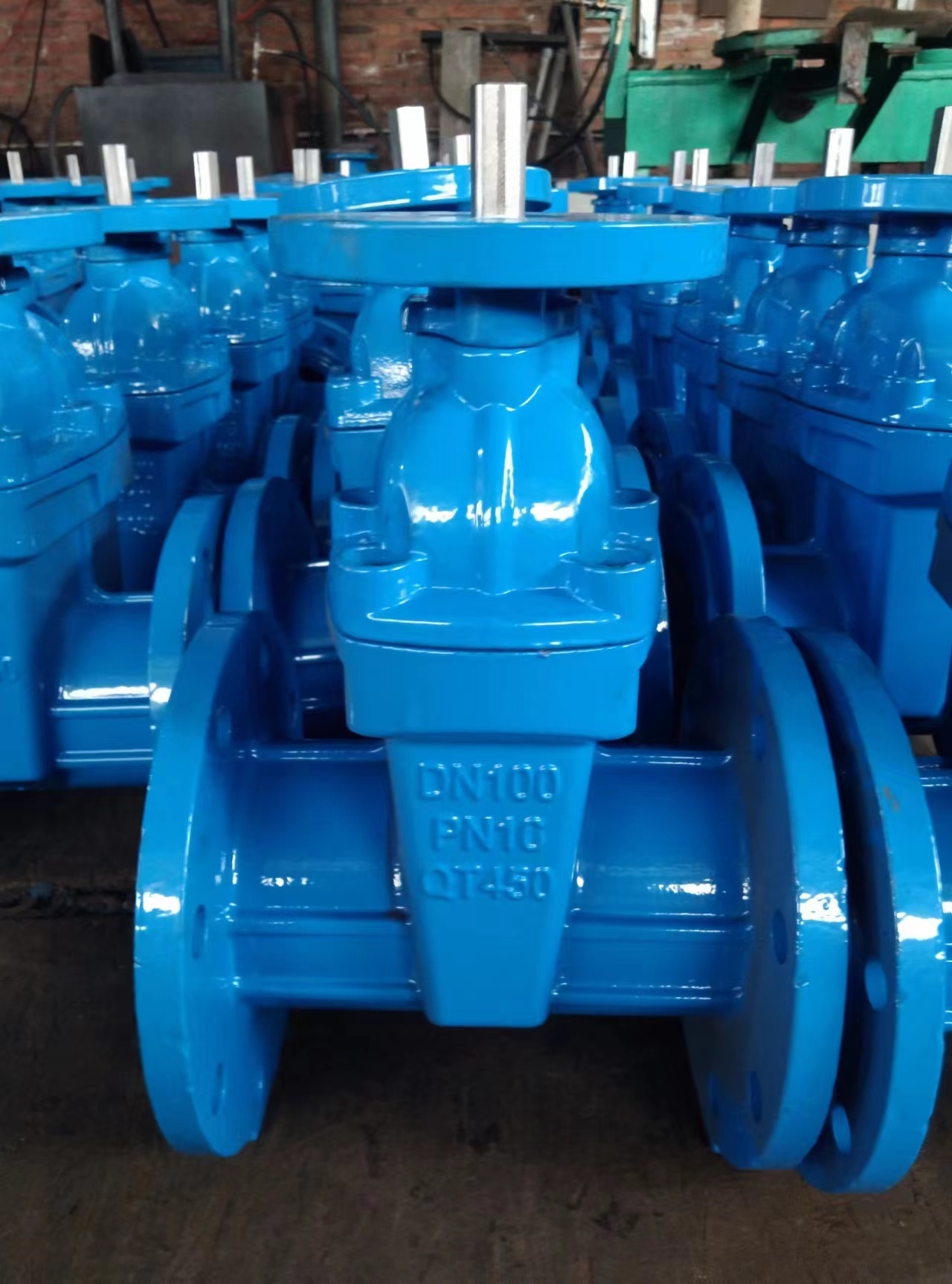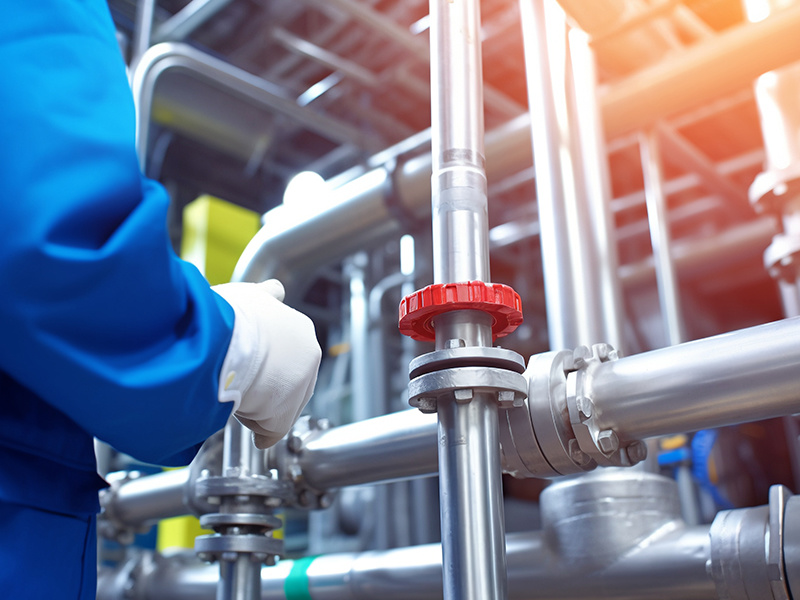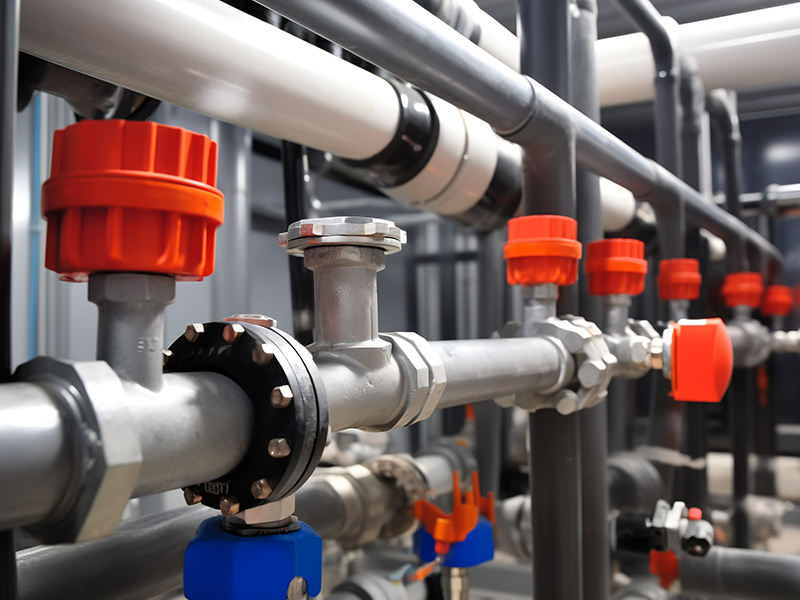Advantages and precautions for using electric gate valves
Release Time:
Aug 21,2025
Electric gate valve is a valve that combines a gate valve (a type of valve that opens or closes fluid channels through vertical lifting and lowering of the gate) with an electric actuator (a device driven by an electric motor). Its application is very extensive, especially in scenarios that require remote control, automated operation, precise cutting, large-diameter or high-pressure working conditions, where its advantages are obvious.

The advantages of using electric gate valves (key factors driving their application):
Remote operation and control: Valves can be remotely opened and closed in the control room or through the SCADA system, especially suitable for remote locations, harsh environments (high temperature, toxic, high-altitude), or situations that require quick response.
Automation integration: Easy to integrate with automation systems such as DCS and PLC, achieving program control, interlock protection, and data feedback.
Effortless and efficient: Replace bulky large-diameter and high-pressure valves with manual operation, save manpower, and improve operation speed and efficiency.
Accurate cut-off: The gate valve structure itself has good cut-off (cut-off) ability, with low flow resistance when fully opened. Combined with an electric actuator, it can accurately control the opening and closing position.
Suitable for large diameter and high pressure: The gate valve structure can adapt well to the requirements of large diameter and high pressure, and the electric actuator can also provide sufficient torque.
Safety aspect: In hazardous areas (flammable, explosive, toxic, high-altitude), direct contact with personnel can be avoided to improve safety.
Application precautions (limitations):
Not suitable for regulating flow: The original design intention of gate valves is to fully open or fully close. If used for throttling regulation, high-speed fluid will cause severe erosion and wear on the sealing surfaces of the gate and valve seat, quickly leading to leakage.
Solid particle media: Although wedge-shaped gate plates have certain self tightening and scraping effects, media containing hard solid particles (such as mud and slurry) will still severely wear the sealing surface, affecting the sealing performance.
Frequent opening and closing: Compared with butterfly valves and ball valves, gate valves have a longer opening and closing stroke, relatively slower speed (especially for large diameters), and the mass of the opening and closing components (gate plates) is large, which is not suitable for very high-frequency opening and closing situations.
Space requirement: When opening gate valves (especially rising stem type), a large installation height space is required.
Cost: Usually higher than manual gate valves, butterfly valves, and ball valves of the same specifications, and requires power and control system support.





